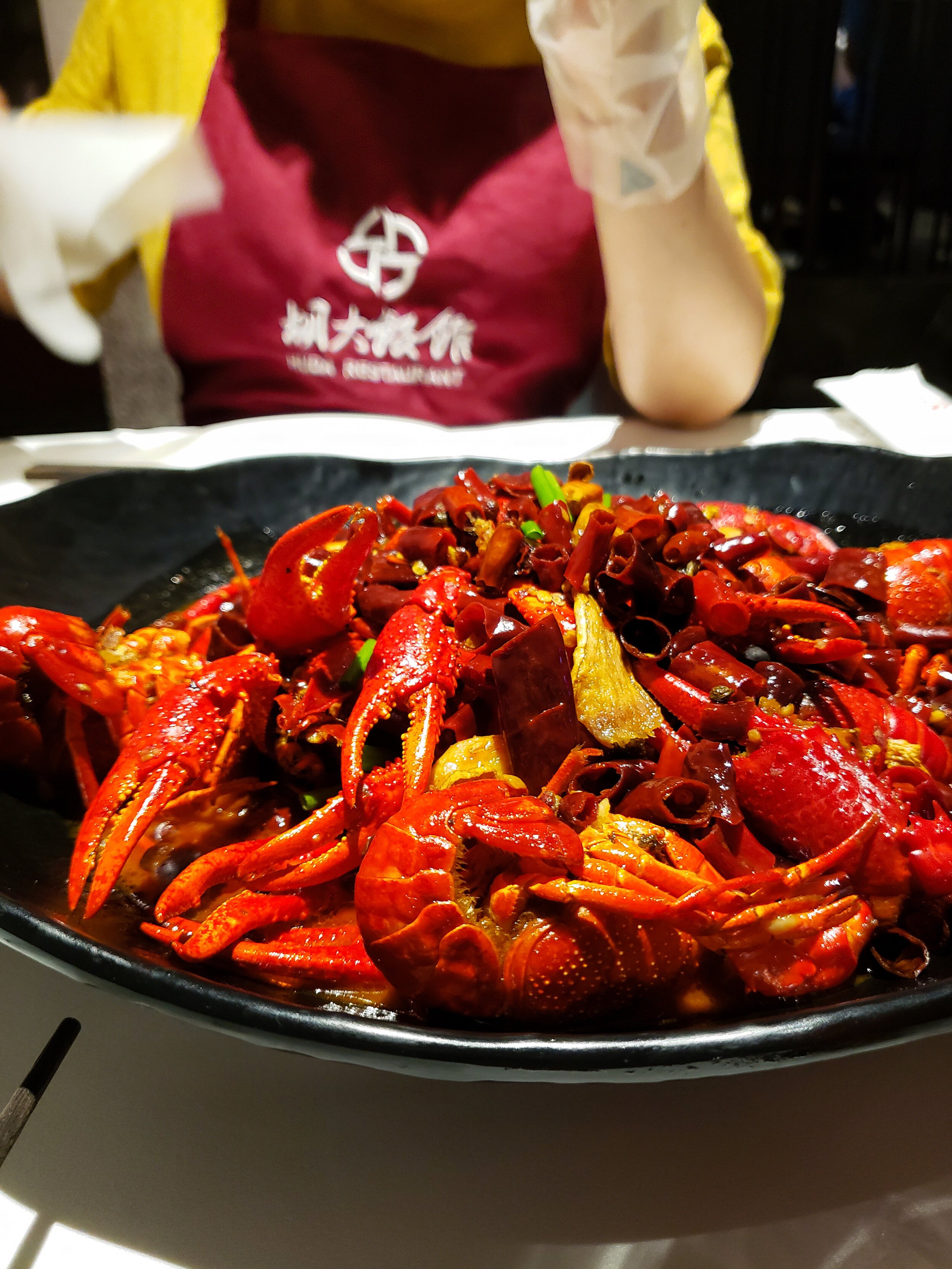Writing the Beijing Lonely Planet guidebook (in pictures)
Hotel at the Fragrant Hills, designed by IM Pei, 1982. Tom O’Malley
I spent a blissful few months in 2019 exploring every noook and cranny of Beijing while writing and researching the 12th edition of the Beijing Lonely Planet guide. This is IM Pei’s Fragrant Hills Hotel, built in 1982 to some fanfare but since fallen into obscurity.
Visitors admiring the Imperial Vault of Heaven and its conical roof at the Temple of Heaven, Beijing. Tom O’Malley
The Imperial Vault of Heaven, a glorified storeroom used to keep the spirit tablets of the gods and other materials needed for imperial statecraft ceremonies on the Round Altar. Had a great tour at the Temple of Heaven with Beijing by Foot.
The Fox Tower in Beijing, with a three-wheeled scooter taxi in front. Tom O’Malley
I snapped this while visiting the Southeast Corner Watchtower (pictured) of Beijing’s dearly departed city walls. Also known as the Fox Tower, it was on the ramparts near here that the mutilated body of Pamela Werner was discovered in 1937, as recounted in the true-crime novel Midnight in Peking.
The iconic caged dinosaur scultpures of 798 Art District. Tom O’Malley
798’s iconic caged dinos are the work of Sui Jianguo, former dean at CAFA (Beijing's Central Academy of Fine Arts) and the very first artist to move his studio to the art district in the year 2000.
Forbidden City from the perimerter walls, with Jingshan Park in the distance. Tom O’Malley
A great deal more of the Forbidden City is open to the public since the previous edition of Beijing Lonely Planet. One of the highlights is being able to walk atop the perimeter walls (2020 covid update; currently closed) and see the palace complex from a new vantage point.
A big bowl of Huda’s signature spicy crayfish - mala xiaolongxia. Tom O’Malley
If you thought Peking duck was the city's favourite chow, think again. That accolade belongs to Hú Dà's Hunan-style spicy crayfish (麻辣小龙虾; málà xiǎolóngxiā). Gui Jie, a famous restaurant strip, has five branches. The queues are horrendous. Tasty, though.
Tianning Temple’s octagonal pagoda, Beijing’s oldest building. Tom O’Malley
This new addition to the book also happens to be Beijing’s oldest building. Inexplicably missed from previous editions (probably because it’s a bit far from the action), the octagonal pagoda at Tianning Temple (57.8m tall with 13 eaves) dates back to the Liao dynasty, around 1120 AD.
Just in case, due to covid and Lonely Planet’s implosion, the book never actually hits the shelves, here’s what it would have looked like…







